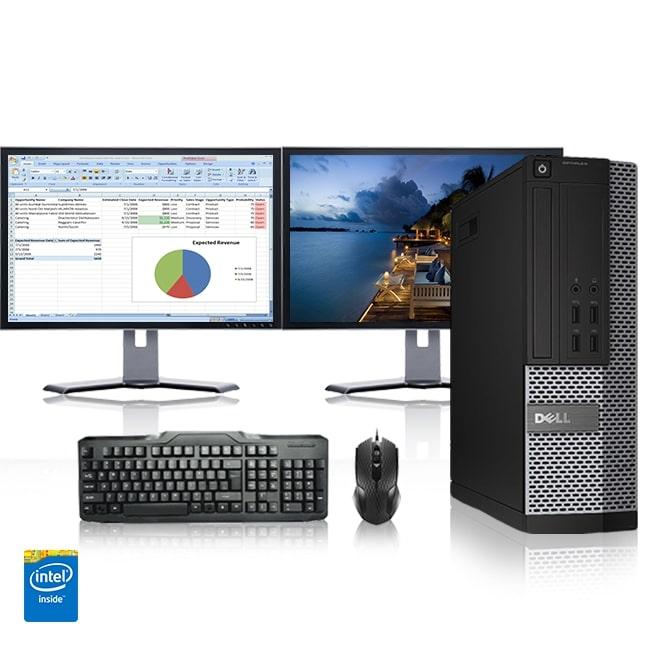The best way to determine a Desktop computer Brand is by using price. Calculate the resell price for the Desktop. In the above form, you select the Desktop computer brand you want to evaluate, fill / choose / add all the fields required and then enter the price you will pay for the desktop computer. You will get the Retail Price for the Desktop Computer in different categories, such as selling price to the retailer, exchange offer price, and resale value if you are a customer. The categories may include taxes and other charges also. The best way to determine a Desktop computer Brand is by using price. Calculate the resell price for the Desktop. In the above form, you select the Desktop computer brand you want to evaluate, fill / choose / add all the fields required and then enter the price you will pay for the desktop computer. You will get the Retail Price for the Desktop Computer in different categories, such as selling price to the retailer, exchange offer price, and resale value if you are a customer. The categories may include taxes and other charges also.

There are many other ways of doing a desktop computer comparison, but none show the complete data as shown in the first two charts. For ease of reference, the complete categories of Desktop computers are Hewlett Packard, IBM, Gateway, Macintosh, Compaq, Toshiba, eMachines, HP, Sharp, Sun Microsystems, NEC, Epson, and Fujitsu. The Hewlett Packard line includes the Deskjet, Nehalem, and Pravelli. The IBM line includes the IBM ThinkPad and Nehalem. The Gates range includes the Netbook, TIVA, and Cardinal.
For ease of computation of prices for traditional desktop computers, the Retail and resale values are computed. Prices are usually expressed as a percentage of retail price. In some situations, such as the case of Hewlett Packard, the Retail and resale values are computed on the date of sale only. Otherwise, the prices are computed on the average sales price for the particular product class. In all cases, the pricing for the Desktop is computed on the normal selling price (not the price at the time of purchase).
In computing terms, the capacity of storage space is measured in GB. On average, the capacity of storage space for traditional desktop computers is approximately 6000 GB. This capacity is largely dependent on the type of computer that is being used. For instance, the desktop computer with a traditional desktop design and installed with a CD-ROM drive can store more than a hundred CD titles.
On the consumer side of things, Desktop computers are categorized into three major groups: Professional, Consumer, and Student. The Consumer side of things includes desktop peripherals such as printers, scanners, keyboards, mice, and the like. The Professional side of things includes desktop computers for business users. These are generally configured with a monitor, keyboard, and the like.
As mentioned earlier, Desktop brand rankings are based on the average prices that are paid by end users. However, the most important aspect to remember is that the consumer side does not include the prices of upgrades or service support. If the consumer does not have any problem obtaining their product, then this aspect is not considered in the equation.
To arrive at Desktop computer brands and their individual resale prices, I have included the price of each item in my "About the Brand" section. In addition, I have included the average resale value. This will allow the end user, be it a consumer or a business person, to easily see what they should pay for a particular brand. Note that the definition of the word "average" is relative, and is affected by the size of the company, its financial situation, the number of similar products on the market, the cost of distribution, the manufacturer's price, etc.
When it comes to the consumer's (end user) side of things, there are a few things to consider. One is warranty protection. Two is the warranty period. Three is the reputation of the manufacturer. These are just a few of many items that I have researched in order to come up with an accurate desktop computer comparison. If you would like to learn more about the information that I have provided here, feel free to access the rest of my articles on the subject.











